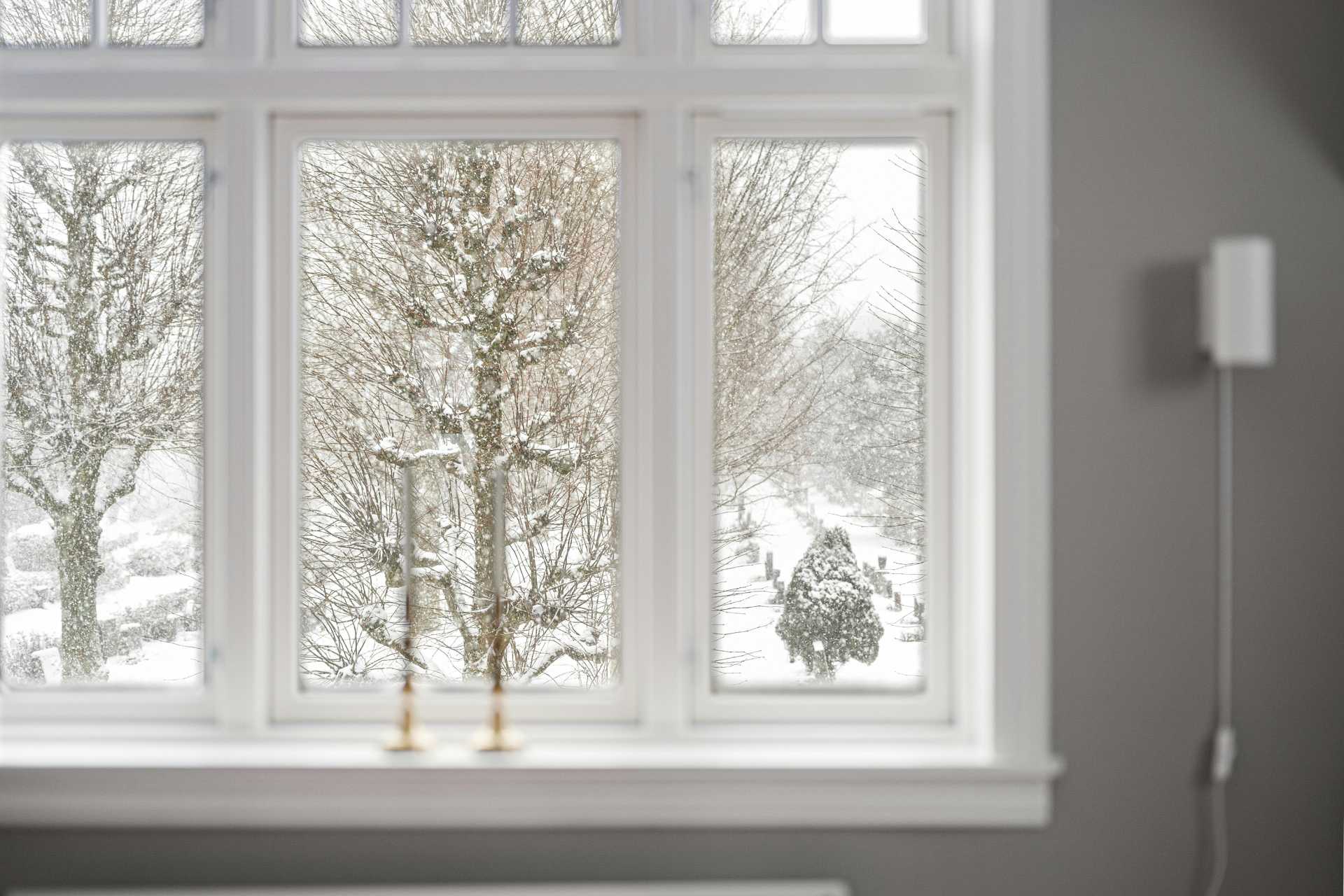You see it after a heavy rainstorm—a faint, brownish stain on the ceiling or wall right above a window. Your first thought is, “The window is leaking!” But is it that simple? The real culprit could be a tag-team failure in your home’s most critical defence system. Many homeowners jump to conclusions, assuming a single component has failed, leading them to call for a window replacement when the issue might originate elsewhere, or contact a roofing company when the window’s seal is the problem.
A home’s exterior protection against water is a sophisticated system, not just a collection of individual parts. The two most critical players in this system are the windows and the roof, designed to work in perfect harmony. This post will reveal how high-quality, properly sealed windows serve as the vigilant first line of defence, and how a well-maintained roofing system provides the essential overhead protection, creating a comprehensive barrier that keeps your home’s interior safe and dry.
Windows: Your Home’s Front-Line Defender
Windows are the active guardians of the most vulnerable points in your walls. Their primary role is to block water entry where the wall is necessarily opened. Modern windows achieve this through an advanced system of seals. High-quality weatherstripping and glazing seals create an airtight and watertight barrier that stands up to fierce, wind-driven rain, preventing it from being forced through the sash or frame. However, the best window in the world can fail if installed improperly. Professional installation is paramount. A continuous, unbroken bead of high-quality exterior caulk around the entire window frame is crucial. This seal blocks water from ever reaching the vulnerable wooden structure of the wall cavity, forming the first and most important line of defence against moisture intrusion.
Beyond blocking rain, high-performance windows win the war on condensation—a subtle but destructive form of moisture damage that originates from inside the house. Double or triple-pane windows, often filled with an inert gas like argon, work to keep the interior pane of glass closer to room temperature. This simple temperature difference is the key to guarding against leaks and condensation. When warm, moist indoor air comes into contact with a cold, single-pane window, the moisture condenses into water droplets. This water then pools on sills, saturates drywall, and creates the perfect environment for mould growth. By keeping the interior glass warm, modern windows prevent this process entirely. This is further supported by advanced frame materials like vinyl and fibreglass, which do not absorb water, rot, or warp, ensuring the window’s seals remain tight and effective for decades.
The Roof: The Guardian Overhead
Windows defend the openings, but the roof manages the overwhelming majority of rainwater. It protects the entire structure from above. The primary mission of any roofing system is to shed water on a massive scale. The roof’s slope, combined with overlapping materials like shingles or seamless metal panels, is engineered for this task. Together, they safely channel thousands of litres of water during a storm. This process directs precipitation into the drainage system, moving it away from the home’s walls and foundation. This prevents the windows from ever having to face the full deluge. A properly functioning roof handles the heavy lifting, so the windows only need to manage the water that directly hits them.
Flashing is a key point of synergy between the roof and windows. Specifically, the drip cap flashing is a small but crucial piece of metal installed over a window. It acts as a critical hand-off point. Its job is to catch water running down the siding and direct it away from the top of the window frame. Without a drip cap, water can easily get behind the window. This leads to major leaks that rot the wall from the inside out. Gutters complement this system and are the unsung heroes of drainage. They collect the massive volume of water from the roof and channel it safely away. If gutters become clogged, they overflow. This creates waterfalls that cascade down walls, relentlessly assaulting even the best window seals and eventually causing them to fail.
The Synergy: Creating a Watertight Team
To truly appreciate how your home stays dry, you must see the roof and windows as a single, cohesive system. Think of your home’s defence like a high-tech raincoat. The roof is the waterproof fabric that handles the downpour, shedding the vast majority of the water. The windows are the sealed, storm-proof zippers. If the fabric is sound but a zipper is broken, you get wet. If the zipper is perfect but the fabric is torn above it, you also get wet. Both must work perfectly together to keep you dry. This integration is the foundation of a draft-free, leak-free home, where each component supports the other to create an unbroken barrier against the elements.
This partnership becomes clearest when a failure occurs. Imagine a classic failure cascade: in the autumn, a gutter gets clogged with leaves—a roof system failure. During the next heavy rain, water overflows and pours directly onto the window below. This constant, concentrated assault is far more than the window was designed to handle. Over time, it wears down the exterior caulking and penetrates the seals—a window system failure. The result is a leak inside, which appears to be the window’s fault but was actually initiated by the roof system. In a success story, heavy rain hits the roof and is efficiently channelled to clean gutters. Any water running down the wall is neatly diverted by the window’s drip cap flashing. The window’s robust seals easily repel the remaining spray, and the interior remains perfectly dry.
A Two-Part Strategy for a Dry and Healthy Home
Ultimately, protecting your home from moisture is not about focusing on a single component, but about maintaining the partnership between your windows and your roof. The windows provide the immediate, precision defence for wall openings, fighting off direct rain and interior condensation. The roof, meanwhile, manages the macro-level water load and shields those windows from above, ensuring they are never overwhelmed. This dynamic is also linked to your home’s overall health. A well-sealed envelope impacts the connection between airflow, ventilation, and year-round comfort, preventing the dampness that can make a home feel clammy and unpleasant.
Adopting a “systems thinking” approach to maintenance is the best strategy. When you clean your gutters, take a moment to inspect the window caulking below. When planning a window upgrade, ensure the installer also inspects and replaces the drip cap flashing above it. By ensuring both your windows and your roof are in top condition, you are not just preventing leaks—you are preserving the long-term health and value of your entire home.





